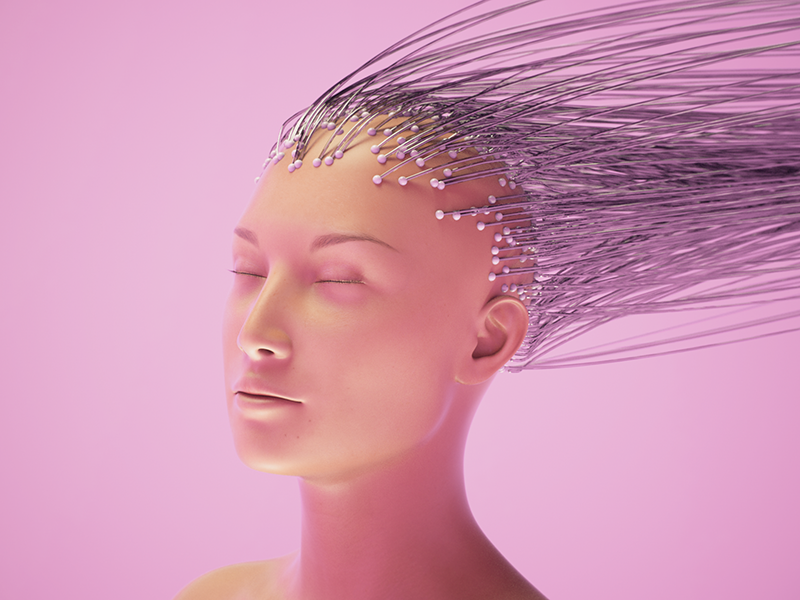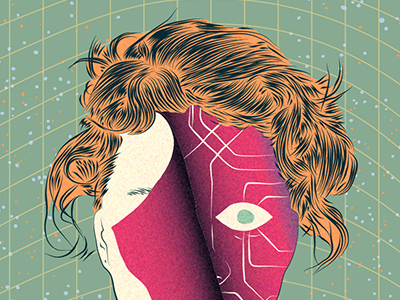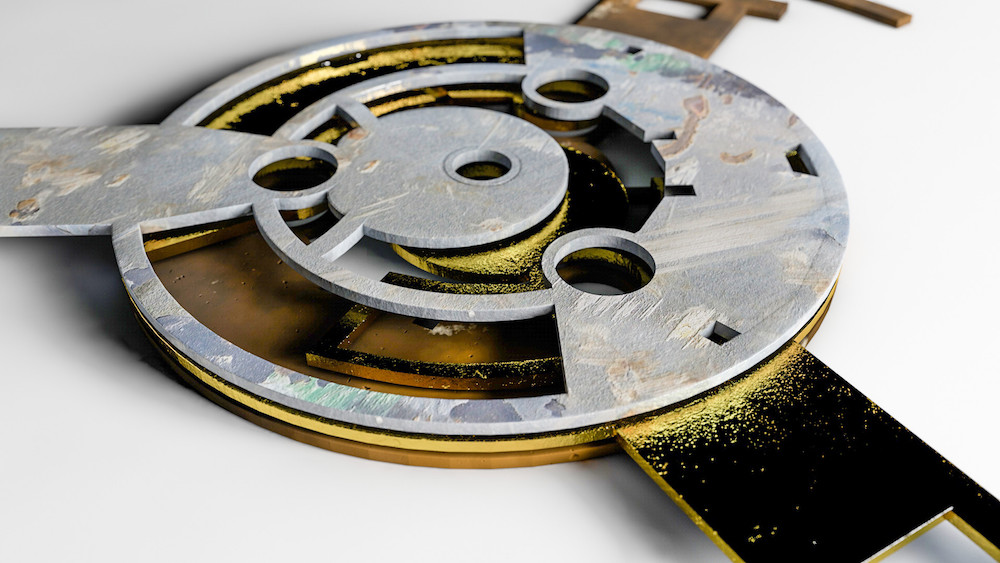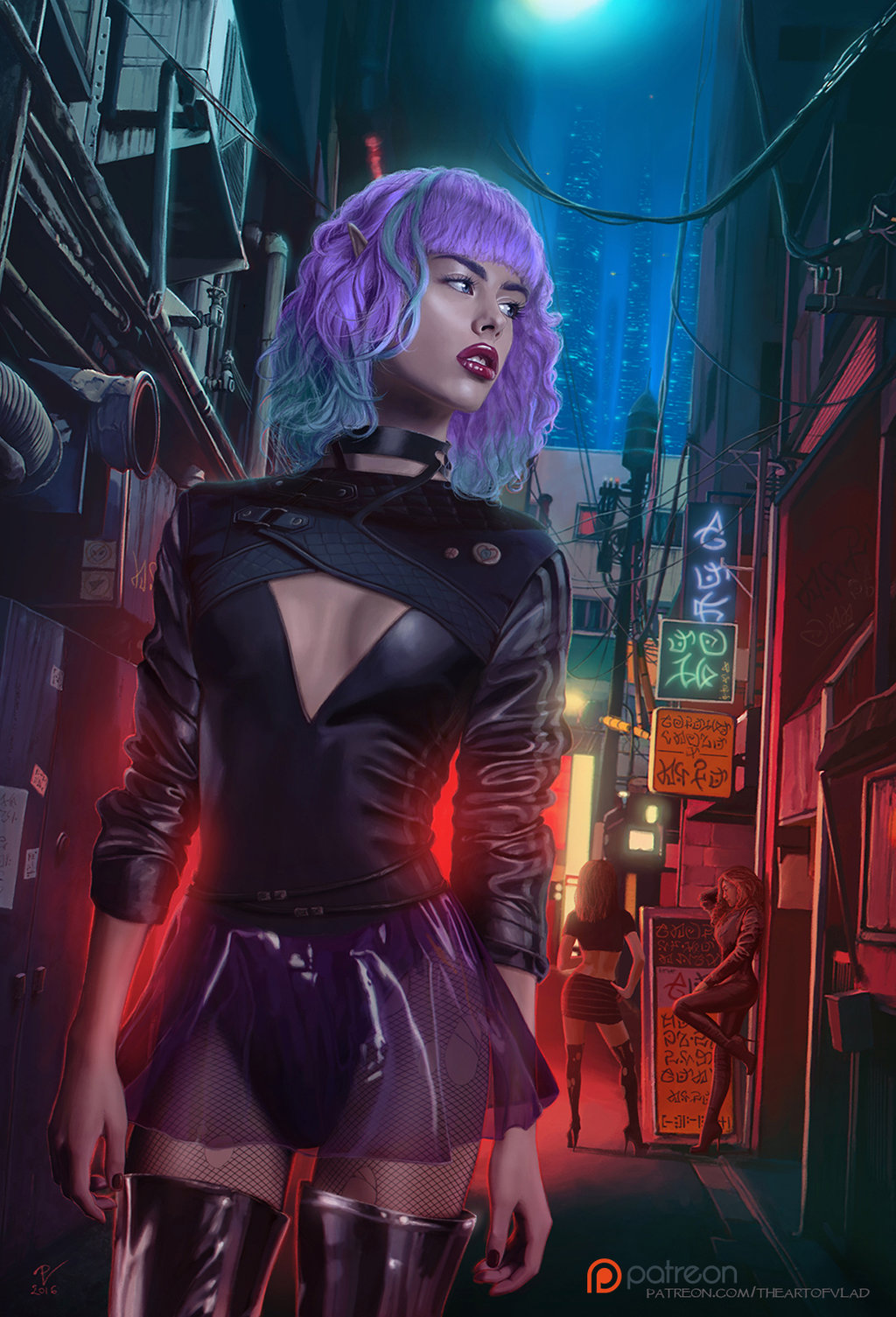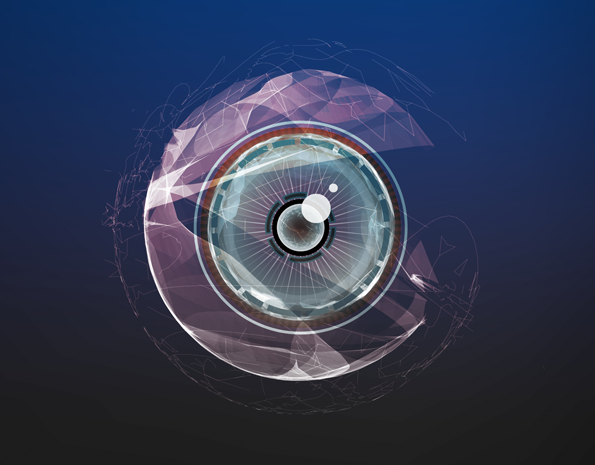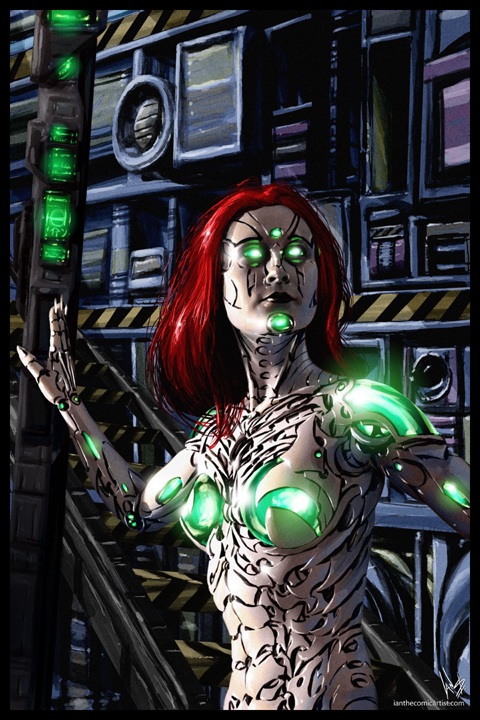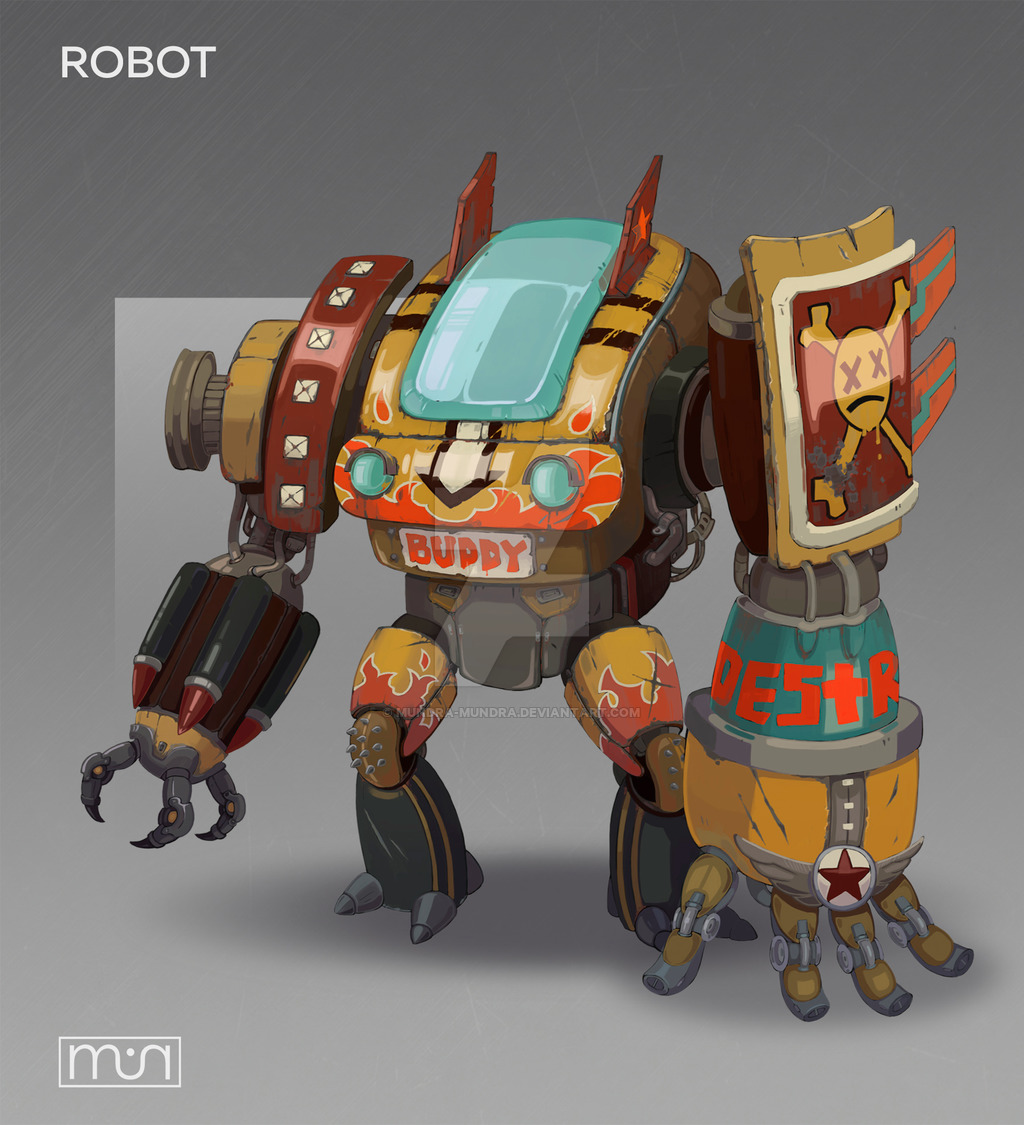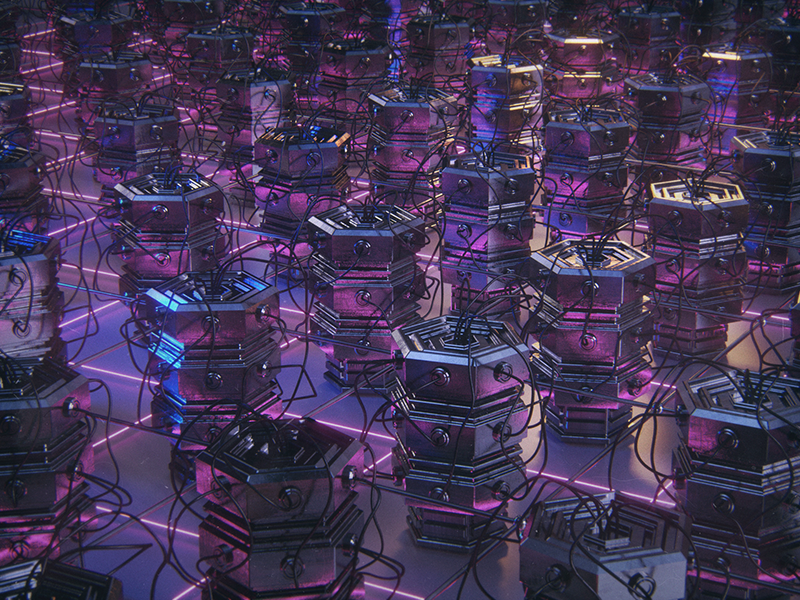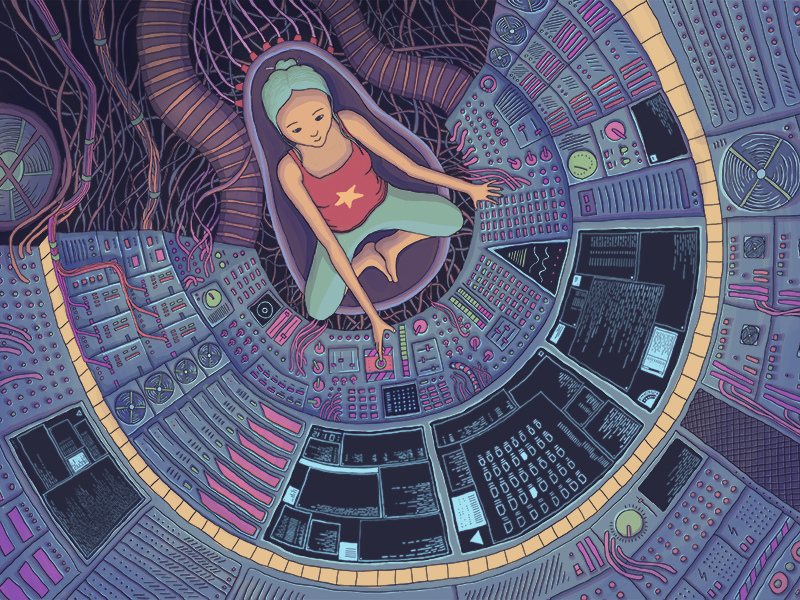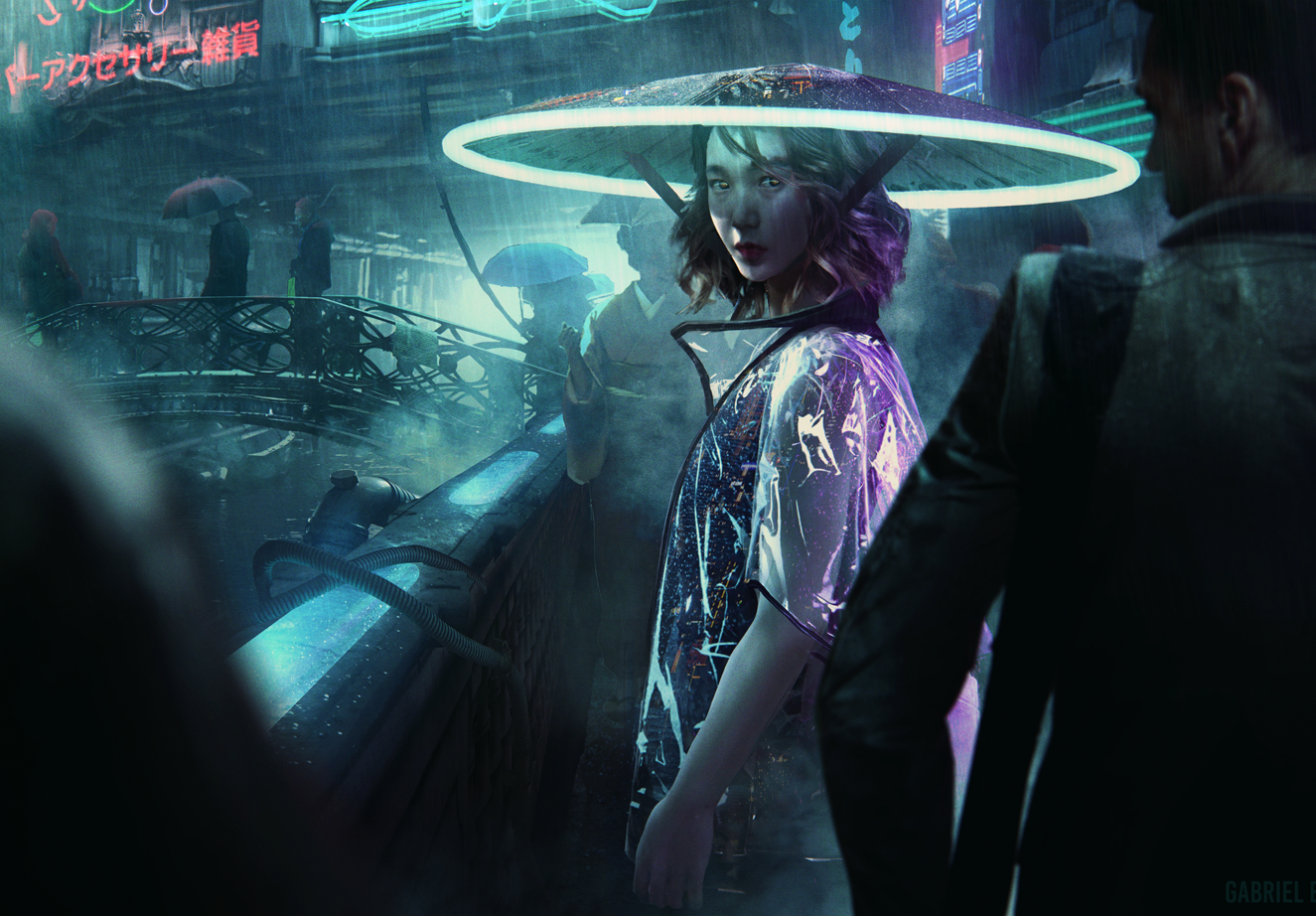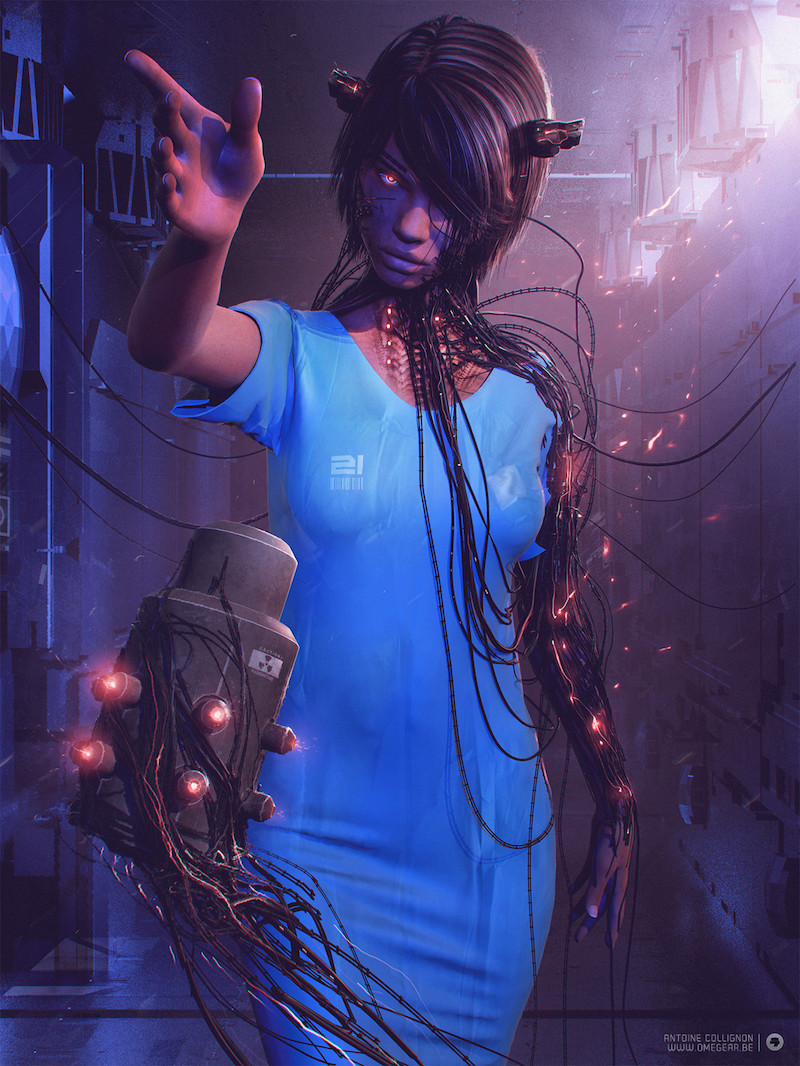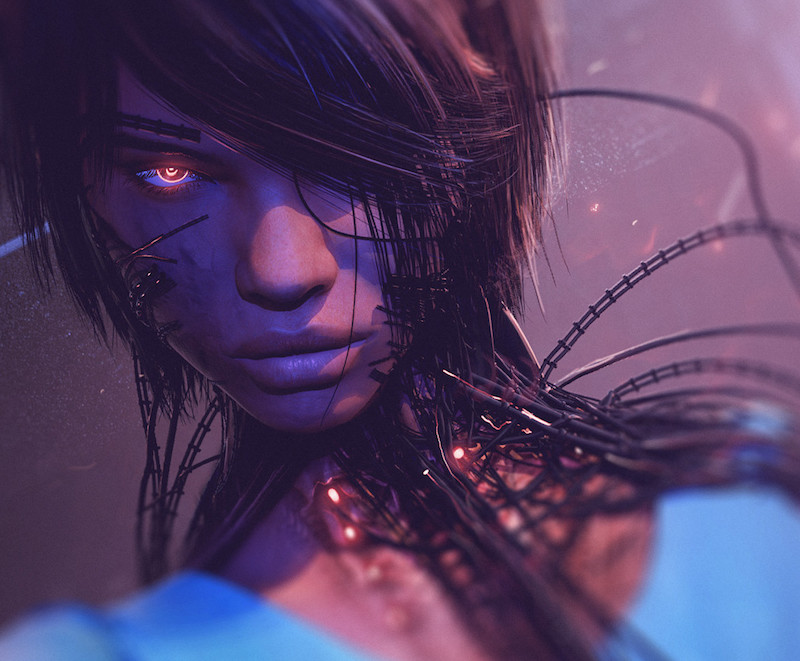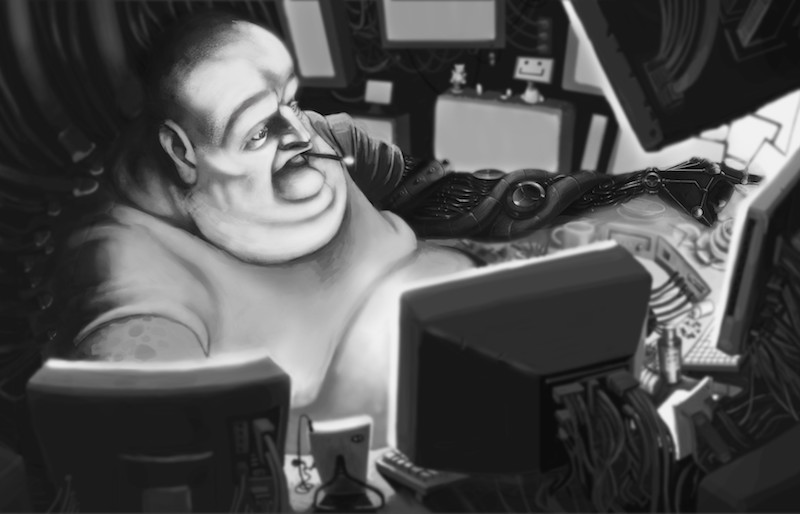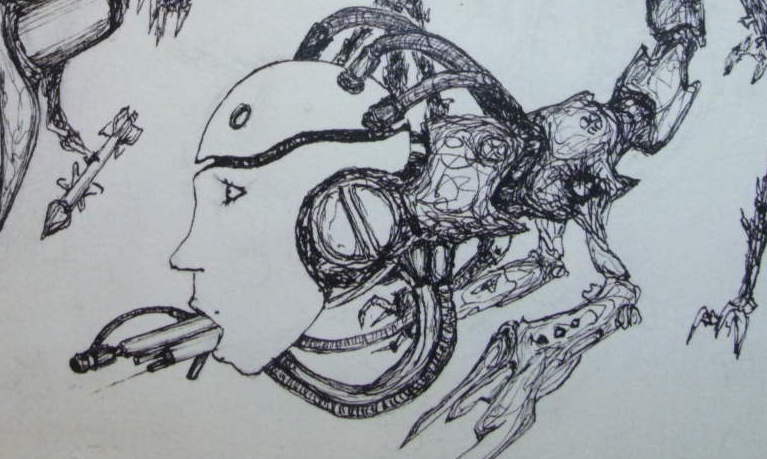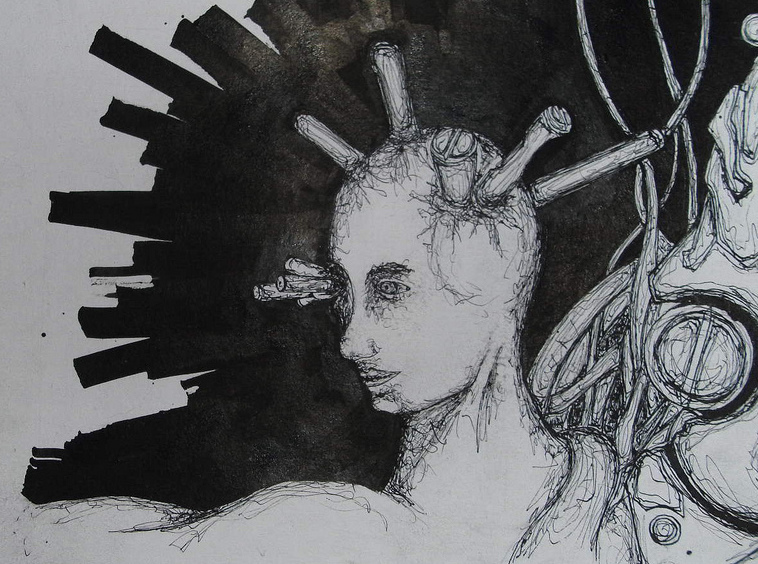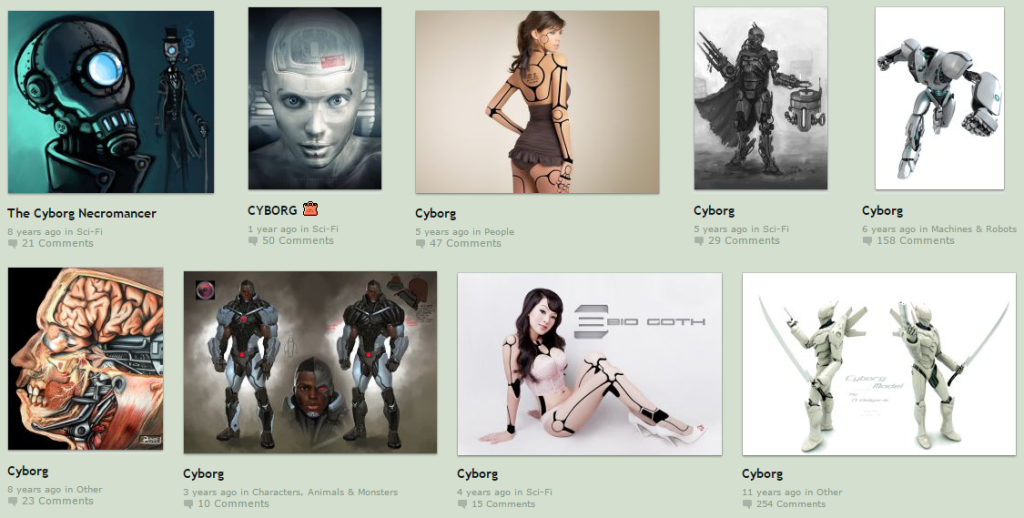The following short story was written by ReTech and edited for this venue.
Swen saw the glow from his forearm underneath his shirt. He’d muted his phone, so now someone was pinging him. It was almost an even bet: either his boss or Sully. After a long week it felt nice to be offline, even if it was only for a few ticks.
“Should’ve muted ’em both,” Swen thought as he slid his sleeve up. The loop was swinging underneath the south pass of the Rockies so the cabin dimmed for a moment as the lighting adjusted. His dermdisplay lit up his face as he read: WTF? Need to talk ASAP. You don’t just get recoded and go offline like that. Lemme know where you are. Ping back dammit. (-.-) Sul
Sully might be genuinely worried or he might think that he’d be on the hook. After all, Sully was the one who took him to the clinic, so maybe he was feeling nervous. Swen thought, “I’ll let him sweat till I get to the strip. It’s only twenty more minutes.” He smiled and muted his arm in the same motion as slipping his sleeve back down. The flesh no longer glowed.
Fourteen days ago Swen’s hours had been increased at work. He was given no say in the matter. He was on mandatory rotations for the next three years. Swen had gotten shafted with the most depressing job he could imagine: death-sitter. More accurately, or more officially, “Hospice End-of-Life Observer”. People were too busy to give a shit about a dying family member and headchats just weren’t the same as holding a hand.
Since 2031, WellSys had mandated death-sitters as part of their Grace in Dying initiative. Marketing had originally called it Dignity in Life and Death Options. Apparently not a single person working on the multimillion-coin campaign had abbreviated that. Exactly two hours after the campaign hit the feeds, DILDO was pulled and rebranded as the GD hospice plan. The lesser of two evils.
Thirteen days ago Swen held the hand of a 147-year-old woman who did not receive one call, one text, a single feed mention, nor have anyone claim her things after she died. This was not the sad part to Swen. Millions died like that every year. What made him maudlin was that he’d end up in a bed the same way, in a hundred or so years. The thought of some young forty-year-old sitting with him as he died, just because the kid had to, was repulsive enough.
But the thought of an adventureless life nauseated Swen.
Twelve days ago, he asked Sully if he still had friends that recoded. Swen didn’t try to get Sully drunk first. He didn’t do it over dinner or in some coy fashion, just-so-happening to mention the topic in conversation. Instead Swen walked into Sully’s apartment, smiled, said hello, kissed him lightly, and asked matter-of-factly: “Can you get me in touch with a recoder? I’m tired of being on basic and I want to make enough money so I’m not stuck anymore.”
Sully paused mid-breath for a moment. A slice of black hair slid down over his left eye. He didn’t bother to push it back. He didn’t even bother to breath until his brain reminded him to. Then, slowly, he sputtered: “Is this legal money or illegal?”
Swen’s smile broadened. “It’s legal if you win it.”
Read more
